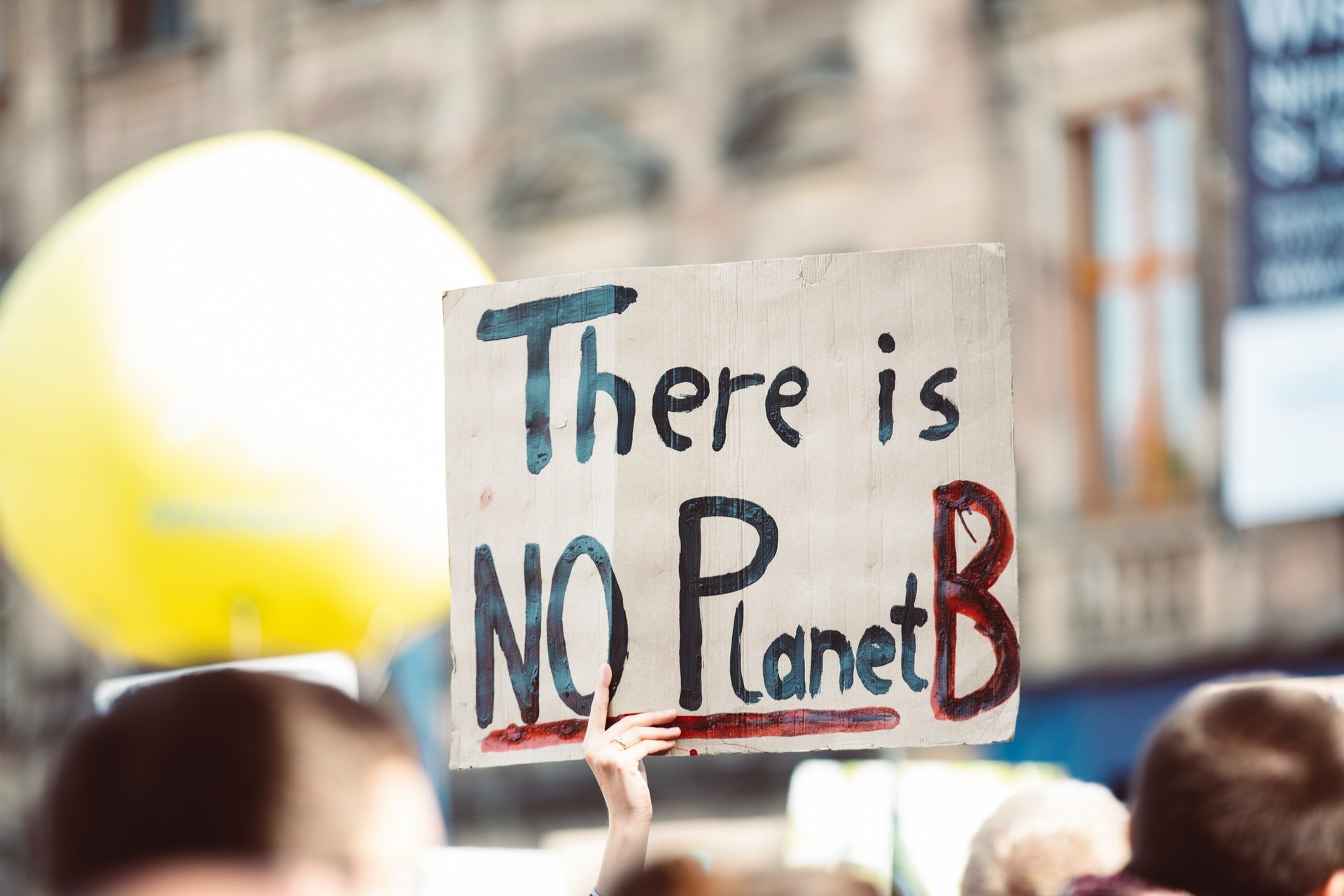Despite the cancellation of all sessions of the UN climate change negotiations in 2020 due to the pandemic, processes to implement the Paris Agreement continue to gain momentum. At the online Climate Ambition Summit in December, countries representing 70 percent of the global economy voiced intentions to reduce greenhouse gas emissions and commitments to financially support the most vulnerable.
The summit marked the five-year anniversary of the Paris Agreement, a document designed to stop climate change and keep global warming below 1.5 degrees Celsius. Not everyone was invited to the event. The podium was given only to representatives of states and other stakeholders who had declared serious new climate goals.
Among the 111 speakers were heads of state and government, representatives of non-governmental and youth organizations, representatives of sub-national governments, businesses, indigenous peoples and civil society. Seventy-five heads of state and government took part in the Summit, setting new goals for climate change mitigation, adaptation and financing.
All presentations centered around four themes: new and adjusted medium-term plans under the Paris Agreement, known as nationally determined contributions (NDCs); long-term, low greenhouse gas emission development strategies; adaptation plans and strategies; and climate finance.
For the UK, the Climate Ambition Summit was a step toward COP26, the UN climate change conference to be held in Glasgow next November. A key part of the host country’s role is to show leadership and set an example for other countries to follow. Imbued with this message, Foggy Albion has pledged to reduce greenhouse gas emissions by 68% by 2030 and to end its support for the fossil fuel sector.
The European Union has committed itself to a new goal of reducing CO2 emissions by at least 55% from 1990 levels in the next 10 years.
The country with the world’s fastest-growing economy was a long-awaited statement. China announced a goal of 25% of its energy consumption from non-fossil fuel sources by 2030. This is a 5% increase over what was announced last year.
During the Climate Summit, 24 nations, including Canada, Argentina, Barbados, Japan, South Korea, Colombia, Iceland and Peru, announced stronger commitments, strategies or plans for carbon neutrality than they originally promised when they joined the Paris Agreement. This has become a good benchmark for other countries.
Ethiopia said it intends to develop its economy as part of a green strategy, and Suriname announced a new National Climate Change Adaptation Plan. Brazil and Kazakhstan submitted their plans to the UN to achieve carbon neutrality by 2060.
Three European countries have moved their net-zero target from 2050 to an earlier date. Finland said it will reach carbon neutrality by 2035, Austria by 2040 and Sweden by 2045.
At the Summit, several countries presented elements of national policies to achieve economy-wide climate goals. Pakistan and Israel announced that they are aiming to get on the list of countries that are doing away with coal. The United Kingdom, France, and Sweden announced an end to financial support for fossil fuels both nationally and internationally. This is a huge step forward, as the UK alone has spent more than £20 billion on external support for oil and gas in the last four years.
For many countries, moving to carbon neutrality means implementing green agenda programs. The implementation of these plans will cause an unprecedented transformation of the global economic system and put the green sector as well as renewable energy at the center of this system.
The summit demonstrated a commitment to the environment with more than a dozen leaders highlighting the development of new plans to expand the use of ecosystem solutions to combat climate change. These measures are timed to coincide with the UN Conference on Biodiversity, which, like the UN Climate Conference (COP26), is to be held in 2021. The Climate Ambition Summit was a reminder of the need for integrated solutions to achieve the Sustainable Development Goals.

